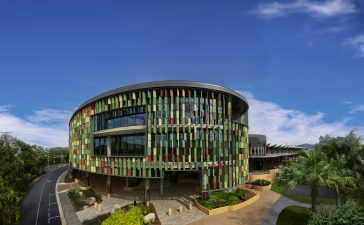The closure of Nairobi’s historic Hilton Hotel, the city’s first skyscraper, marks the end of an era in the Kenyan capital’s skyline. Opened in 1969 by President Jomo Kenyatta, six years after Kenya gained independence from Britain, the cylindrical tower has stood as a symbol of urban life for over 50 years.
However, the closure of the Hilton comes amidst a period of rapid vertical transformation in Nairobi’s skyline. As newer suburbs emerge as the city’s commercial hubs, the once-iconic hotel represents a bygone era in Nairobi’s development.
The trend of high-rise buildings is not limited to the central business district; neighborhoods like Pipeline, Zimmerman, and Tassia are witnessing the proliferation of densely packed blocks of rental units. These structures, known as “maghorofa” in Kiswahili, often mimic upscale tower blocks with features like reflective glass, vibrant paint colors, and fancy names such as Lifestyle Plaza and Jazzy Heights.
Also, rumors of property speculation, cut-throat deals, and a murky industry underpin the glossy facade of Nairobi’s vertical transformation, reminiscent of the hidden realities behind the modernist ambition of the Hilton Hotel in its heyday.






